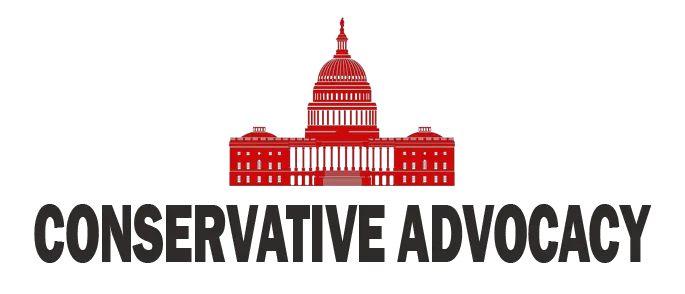In a dramatic escalation of America’s fight against drug cartels, President Trump has ordered military forces to take action against those trafficking the deadly drug fentanyl. This potent synthetic opioid has been causing chaos across the United States, with an alarming amount of it seeping into communities and endangering lives. Recent reports indicated enough fentanyl was found to kill ten million people, and that isn’t just a statistic—it’s a call to arms, as the president seeks to eliminate this specific threat.
The impending military involvement is a watershed moment. Trump’s focus on combating drug cartels highlights a stark shift in strategy. Historically, the government has merely shadowed these organizations, arresting low-level operatives while letting the larger network run amok. Now, the waters have been stirred with plans that could see U.S. forces deployed into Central and Southern America, right where the problem begins. The suggestion is that the fight will not just be confined to the U.S. borders; it’s time to confront these criminals on their turf.
Many Americans are likely scratching their heads about how this could affect them directly. Unfortunately, fentanyl is no foreign threat to the average citizen; it is already claiming lives stateside. Families are torn apart, and the streets are filled with those suffering from addiction, often resembling living nightmares. This isn’t just a political football anymore—it’s personal. With Trump’s bold stance, the idea is to take the fight straight to facilities that produce and traffic this lethal substance. For the cartels, it seems the party is about to come to an abrupt halt.
The logistics of this military operation remain a mystery—for now. There’s chatter about using surveillance drones to gather intelligence and possibly conduct raids. With the U.S. military swooping down to clean up the mess of drug trafficking, the local authorities may be in for quite the upheaval. Some expect to see a rigorous increase in surveillance, leading to knock-and-announce style raids that nab those involved with the cartels at the heart of this crisis. To many, this shows an administration finally putting actions behind its words.
But, of course, not everyone is on board with this militaristic approach. The Mexican government, which has historically called for restraint in such military actions, has voiced concerns. However, many believe that their government has allowed the cartels to operate with impunity for far too long. Cutting through the red tape of international relations, President Trump is prepared to remind leaders on both sides of the border that it’s time for some real action. As the old saying goes, when the going gets tough, the tough need to get going—and it seems the U.S. is finally ready to face the music head-on.
In conclusion, this developing situation offers a glimpse into a potential sea change in how the U.S. confronts drug-related crises. If the plans come to fruition, it could mean fewer drugs on American streets and a more aggressive approach against those who are causing so much harm. As the world watches, it remains to be seen whether retaliation from cartels will follow or if this action will finally put a dent in their operations. Whatever happens next, one thing is clear: this fight is far from over, and it’s about time America takes a stand.




